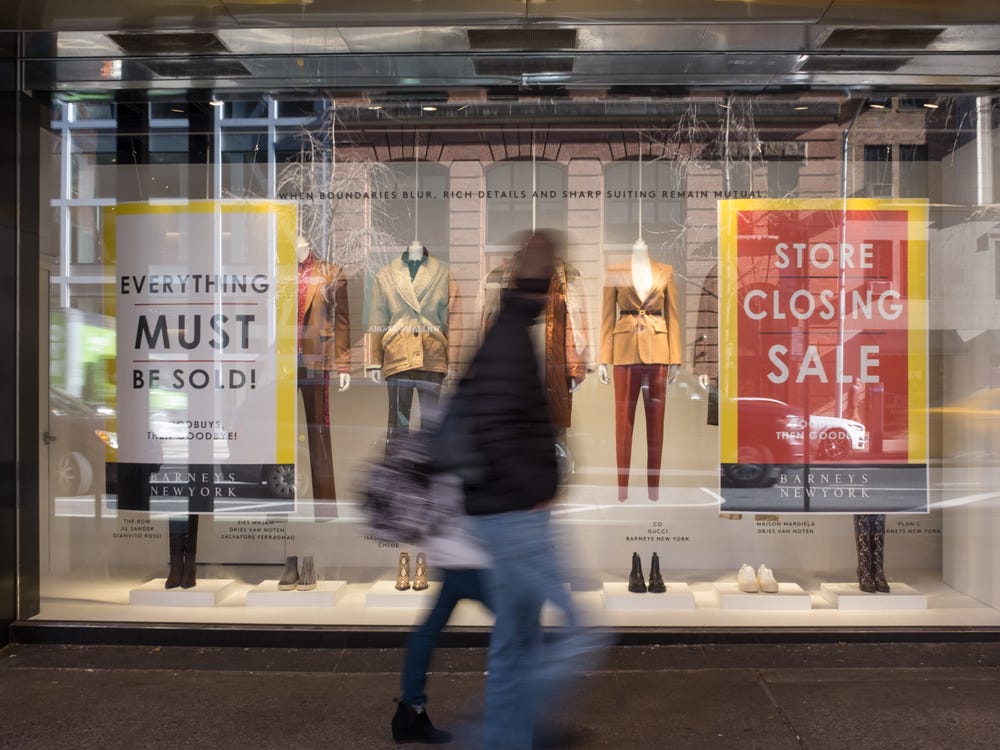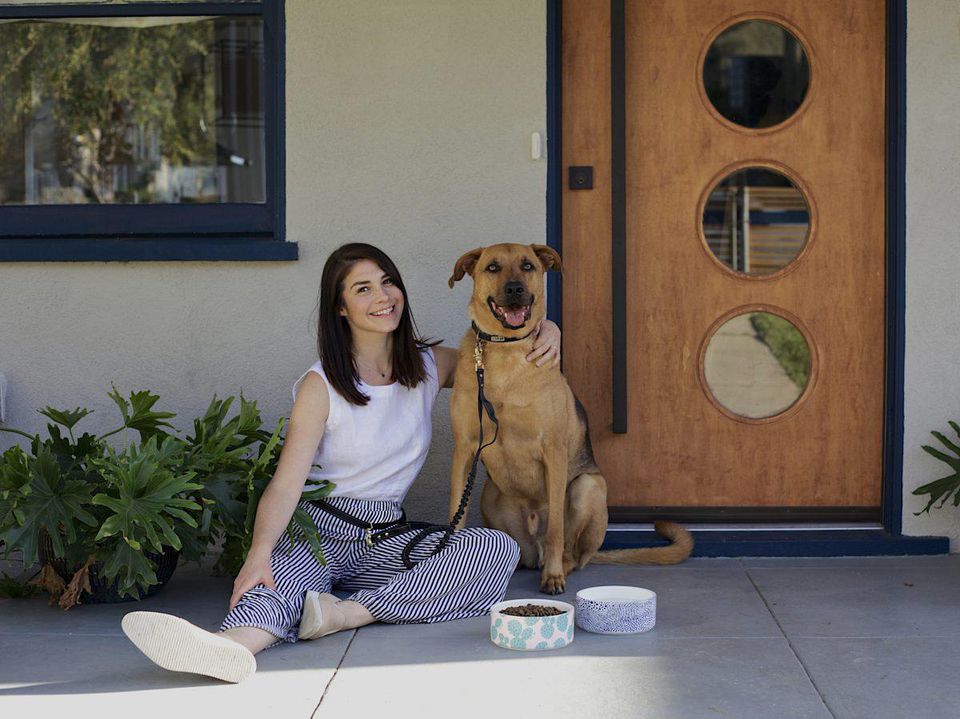
As you have probably noticed, the pandemic has shook commerce to the core. Businesses around the world have been in a fight for their lives. They have had to innovate faster than ever. Businesses have had to even rebrand, hire more people and sometimes, close down temporarily to survive. In the midst of the chaos and the difficulties every industry faced, there was one hero who stood head and shoulders above the rest. The cape-wearing stud is called eCommerce; better known as online shopping. Millions of customers opened up accounts on their favorite brand’s websites, they continued to buy products they wanted and some even ventured into new markets. So why and how, did online shopping become the hero we all needed?
Delivery became hassle-free
Can you believe that delivery of your product was so stringent before now? If you were not home, the delivery would not be made! The delivery company had a policy that if the product was not accepted and signed for, they would take it back to their depot. However, this backward thinking has been ditched for good. Strangely, it was only ditched because people were at home! The difference is, they just did not want to open their front doors and make contact with other people due to fear of catching or spreading the virus.
Now, every single delivery company has a policy that gives customers the option to leave the product in a chosen area. You can have your latest technology product left on the porch, in the back garden, in a secret hiding spot or even underneath your parked car. This has made eCommerce simpler and a higher rate of accepted goods on arrival. This also means fewer unhappy customers. Life doesn’t revolve around the delivery time slot you have been given, and thankfully, eCommerce and delivery brands have caught onto this.
Returns made simpler
The crux of online shopping is, you don’t get to hold and see the product you buy in person. Of course, this is never going to be able to go away completely, although virtual reality brands are trying their best to help. If you don’t like a product, you have to find your own way to return it. You had to look up the address of the brand, maybe contact them to find that information out, create your own label and packaging, etc.
This has all changed. Return forms and pre-paid stamps now arrive within the parcel itself. And if your business uses a third party logistics provider, returns are made simpler too. Reverse logistics is the method used to take the product back from the customer to the warehouse it was stored in. The information is then logged and your inventory is refreshed with the return so your managers know how much inventory is in stock. What this all means is, customers will buy more often! If they feel that returns are not a hassle, they don’t have to pay for it, they will relinquish their fears and open their wallets.
Virtual reality
Ecommerce has one nagging flaw that may never be overcome. Yet, this is something that virtual reality commerce brands such as Lowe’s Labs are trying to solve. We cannot pick up, see or smell a product before we buy it online. But Lowe’s Labs is trying to mitigate that by creating virtual reality software that puts you right in the middle of a virtual store, based on the real store your business has.
You put on virtual reality goggles and you are transported to a store. You can walk close to a product, walk around it, turn upside down, inside out and inspect it. This is helpful for a number of industries.
- Real estate. During the pandemic, home viewings were almost non-existent. Governments outlawed the meeting of people from other households and no more than 4-6 people in any room at a time. So 3D virtual reality tours became the savior that the real estate industry needed
- Car shopping. If you had your eye on a car before the pandemic, you could go and see it for yourself at a showroom. This all changed. Virtual reality car showroom tours thus became useful for businesses that rely on people’s senses and emotions to make a sale. You can stand outside a car and walk around it and even sit inside it and look around. Inspect the interior and check out the features almost as if you are there.
- Hotel booking. It’s a bit strange but even hotel companies are getting in on the virtual reality tours. Eventually, all this chaos will be over and we’ll want to go on holiday and use hotels. Hotel companies give 3D tours of their rooms, floors, restaurants, swimming pools, gyms and services to rope customers in.
Backing up a decision

One of the best things about online shopping is, you have all the time in the world. The online shop does not open or close at a certain time. You don’t have to drive to it. You can explore the products you want to buy in your own good time.
This can lead to excessive hesitation. Up to 80% of online shoppers will fill their cart with an item and then leave it. Cart abandonment is the most painful thorn in the eCommerce industry’s side. So anything that can help customers follow through with their decision to purchase an item they have put in their cart is going to be a top priority of implementation.
Reviews: Customer reviews are a must! They must be clearly displayed and preferably, in a position on the page that doesn’t take too much scrolling to reach. You should also encourage reviews by sending an email to customers upon purchase, asking them to write a review. However, it should not be a pop-up link. Try to have the review box in the email itself so it’s a lot easier to finish.
Samples: Companies may find that giving free samples to customers may help them to retain customers and allow them to venture into other product categories. For example, Kiehl’s gives customers who buy a product, 3 samples of other products. The customer can choose which samples they want. This is a risky strategy if the cost of those samples is not covered by the profit margin. However, it can also be incredibly beneficial.
Millennials are different

The reason why online shopping was already as popular as it was before the pandemic, is because of the younger generation. Millennials shop online because they don’t want to go to stores when they can just as easily use an app, browse the web and shop while they make dinner.
US consumerism trends are showing that millennials and affluent professionals want to shop online even if the store experience has improved. This is a damning trend against those who think online shopping is just temporary. Gen X and gen Z are both more likely to jump ships when it comes to brand loyalty. They will happily become a loyal customer to a brand that improves their online shopping experience. This is something that can be done by investing in a great website design, exclusive online offers only and benefits for those that have an account; points and discounts for consistent shopping.
Online shopping not only saved the world’s economies, but it will rule them for a very long time to come. With virtual reality making waves and bringing the in-person shopping experience home, it seems like exciting times lie ahead for the eCommerce industry.



